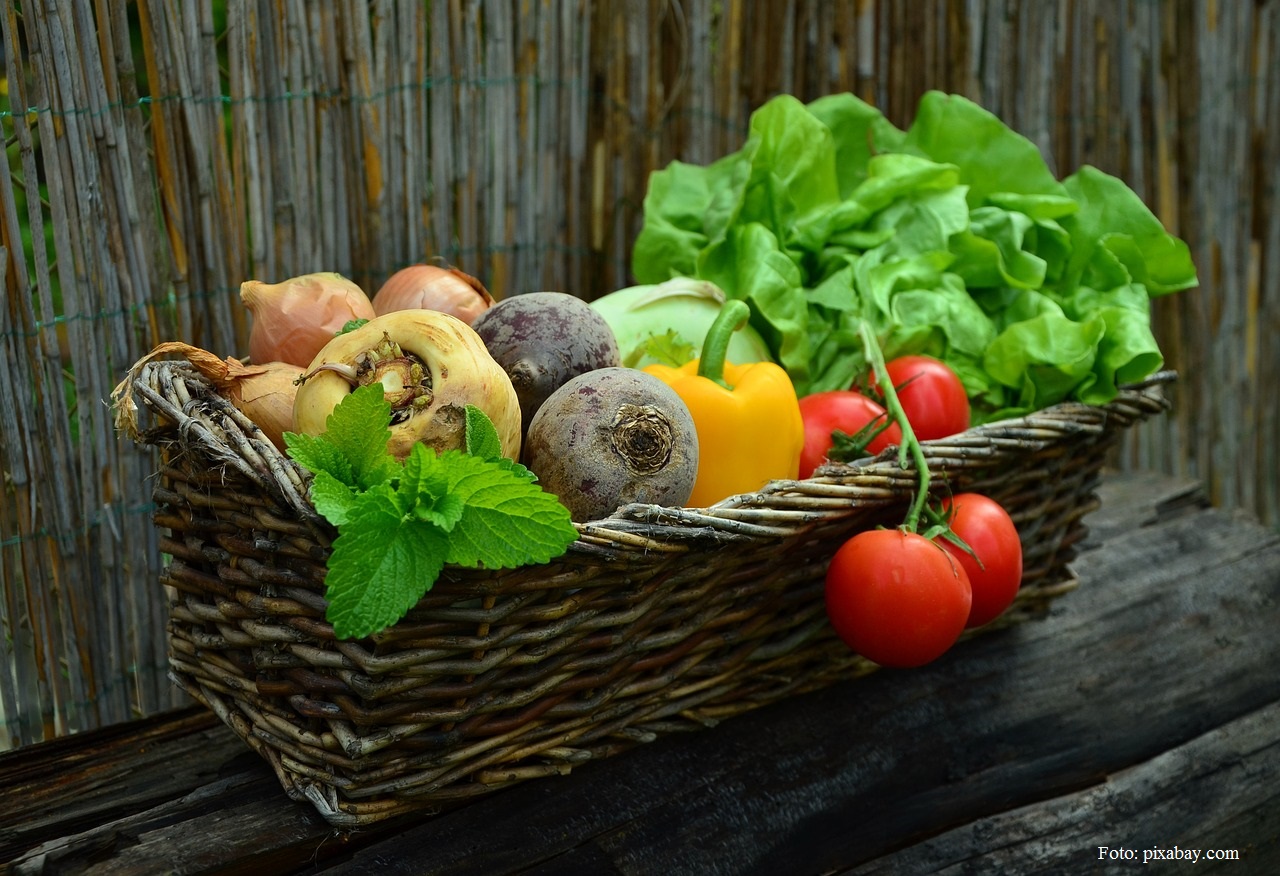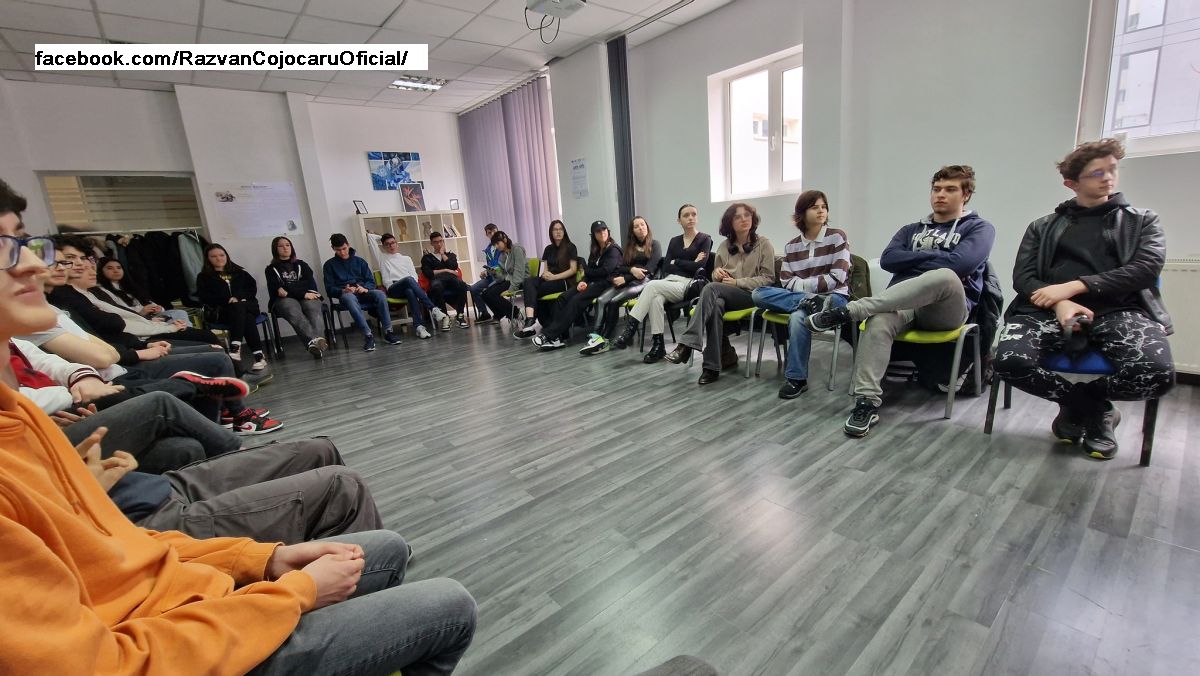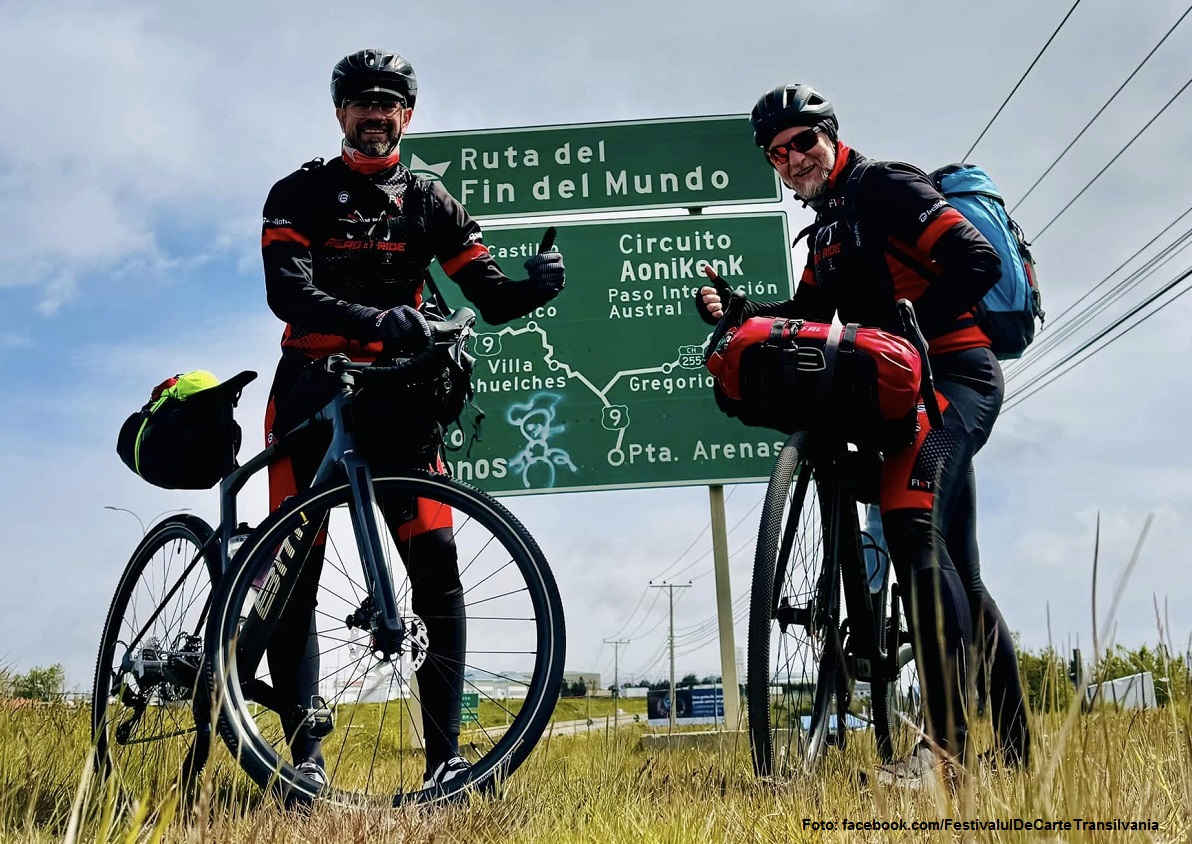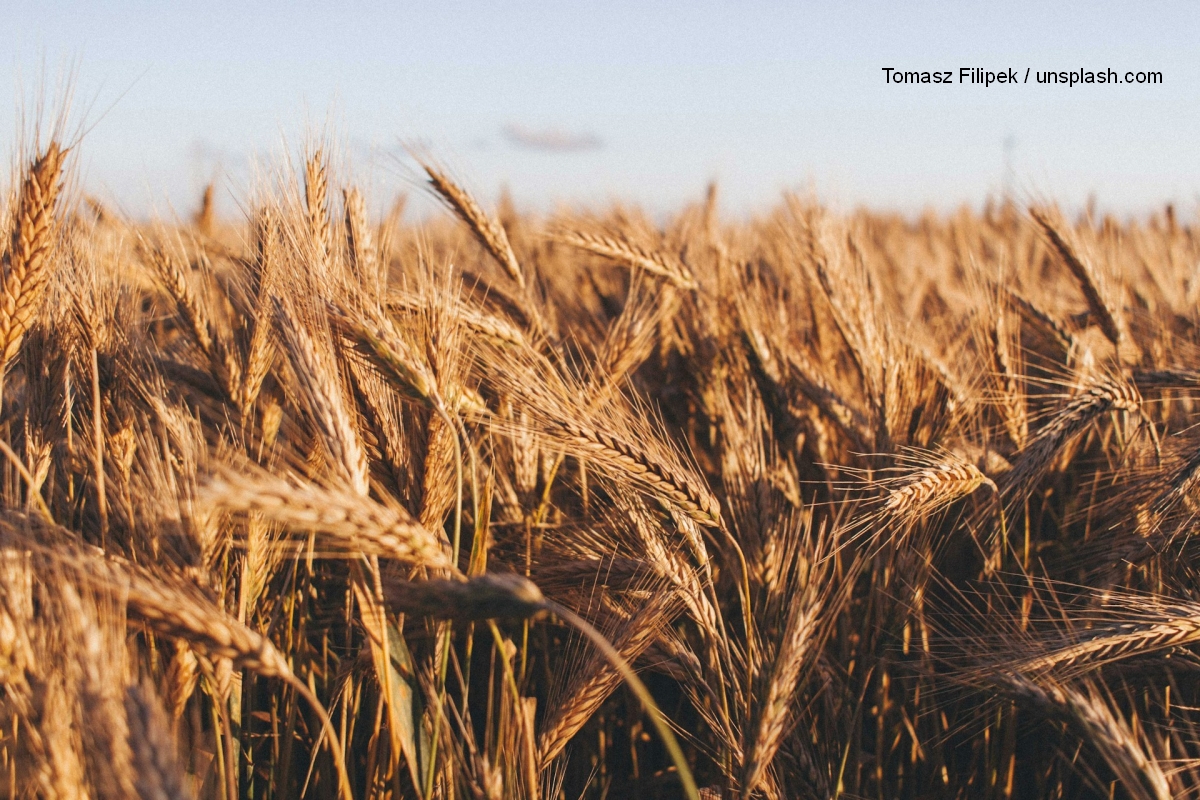The Milk Bank
Human milk is known to provide the best food for babies, particularly for ill or premature infants.
Ana-Maria Cononovici, 28.02.2016, 14:15
Today, babies who cannot receive that from their own mothers may get tested, pasteurised, safe and healthy milk from one of the 210 milk banks in Europe. The newborn intensive care department of the “Marie Curie” Hospital in Bucharest intends to set up the first human milk bank in Romania. The project was initiated by the “Children’s Heart” Association and the Romanian Association of Lactation Consultants.
Enona Chiriac, from the “Children’s Heart” Association, tells us more about the milk bank project: “We plan to establish the first human milk bank in Romania, more specifically at the Marie Curie Hospital in Bucharest. We thus intend to help infants with severe problems, premature newborns, babies with severe ailments who are treated at the intensive care unit there. This is a new initiative for Romania. Until the ‘90s there was a concept similar to this one, enforced in the so-called Lactariums in hospitals, and the Lactarium at the Institute for the Mother and Child Protection, but that centre was shut down with the rising number of HIV infection cases. That also happened in several other countries in south-eastern Europe, but somehow things got back to normal in other countries. I have no idea why that did not happen in Romania. The important thing now is that we have this project, designed to meet a specific need, and that we are not only working on it, but we’re really getting closer to the final stage of the project, namely its actual implementation.”
We asked Enona Chiriac why a human milk bank was necessary: “First of all, in order to provide the babies treated in an intensive care unit with breast milk. The best option would be, of course, for them to be fed by their own mothers, but when that is not possible, the World Health Organisation recommends the next best thing, namely human milk coming from a milk bank which has certified the quality and safety of the product. On the other hand, we need to encourage breastfeeding and to protect the wellbeing of the babies who get human milk. There are lots of reasons, and it’s both the mothers and the infants who benefit from that.”
Eugenia Dobrescu, a representative of the Association of Lactation Consultants talks about the safety of using breast milk from the milk bank: “We make sure that the donors to the milk bank are all healthy women. We interview them and have them carry out tests and we also test the donated milk, so we make sure it is microbiologically safe. After being donated, the milk is pasteurised at a temperature of 62.5 degrees and stored at below 21 degrees Celsius. Storage conditions are very good and very strict so no bacteria can survive and infect the babies.”
The milk is bottled in glass bottles carrying labels with expiry dates and registration numbers. That allows the tracking of the milk from donor to beneficiary. The bottles are sealed and kept in freezers. Only a small portion of the nutritional and immunological properties of the milk are lost through pasteurisation and freezing. Pasteurised breast milk retains most of the anti-infective properties of fresh breast milk.
Eugenia Dobrescu tells us more about the present stage of the project: “We are finalising purchases, equipment and are starting to buy feeding bottles and recipients and will soon start furbishing. The donors are women with healthy children and who have a natural surplus of milk. In principle, they donate the milk without expecting payment, but simply in order to do good. 12 women have so far said they are willing to donate their breast milk in the last week, ever since we made pubic a short video about the project.”
Enona Chiriac tells us about the next step in the project: “First we have to finish furbishing the facility so that we can start our actual work on the milk bank, from recruitment to the distribution of the milk to the beneficiaries. We also want to advertise the project using our website, bancadelapte.ro and Facebook, as well as video and prints. We’re also planning to start a campaign to promote breastfeeding. I think our project will be truly successful when the number of women who breastfeed their babies increases in Romania.”
The milk bank’s website also contains information on how the public may contribute to the project by helping with the purchase of the much needed equipment.

